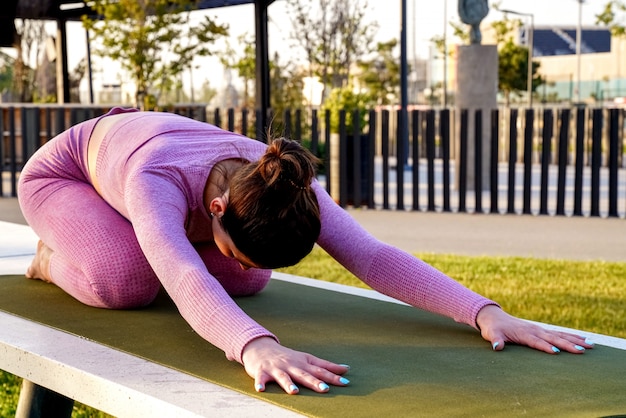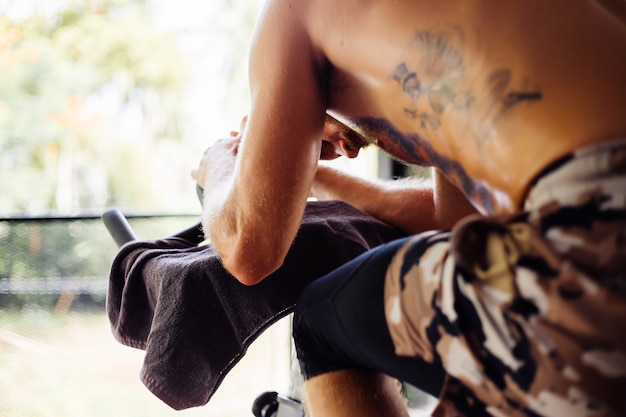In today’s fast-paced world, finding time to rest and recover can feel like just another item on an endless to-do list. Yet, recovery isn’t optional—it’s essential. Active recovery, in particular, has emerged as a powerful tool for maintaining fitness gains, reducing soreness, and boosting long-term performance—without requiring hours at the gym or expensive equipment.
The best part? You only need 50 minutes a day. Whether you're a busy professional, a parent juggling schedules, or someone just starting a fitness journey, this guide will show you how to build an effective, realistic active recovery routine into your life—no gym membership required.
Active recovery involves low-intensity physical activity that promotes circulation, reduces muscle stiffness, and supports the body’s natural healing processes. Unlike passive recovery—such as lounging on the couch or sleeping—active recovery keeps your body gently moving, which can accelerate the removal of metabolic waste and improve joint mobility.
Examples include walking, light cycling, stretching, or swimming at a relaxed pace. The goal isn’t to burn calories or build strength, but to help your body recover more efficiently from harder workouts.

Fifty minutes may sound specific, but it’s a strategic sweet spot. It’s long enough to deliver physiological benefits—like improved blood flow and reduced inflammation—without becoming a burden on your schedule. You can break it into chunks (e.g., 2 x 25 minutes) or do it all at once, depending on your day.
Research suggests that even moderate movement on rest days can enhance recovery and reduce delayed onset muscle soreness (DOMS). The key is keeping intensity low—around 30–50% of your maximum effort—so you’re not adding stress to your system.
One of the biggest advantages of active recovery is that it doesn’t require special equipment. Here’s what you really need:
That’s it. No machines, no subscriptions, no fancy gadgets. You can do most of this at home, in a park, or even during a work break.
Here’s a simple, flexible structure you can follow or adapt based on your preferences and schedule:
Choose a low-impact activity that gets your blood flowing without raising your heart rate too much:
Focus on areas that feel tight or have been worked heavily. Include:
Wrap up with mindfulness to support nervous system recovery:

Active recovery is ideal:
It’s not a substitute for sleep or medical recovery, but it complements both by enhancing circulation and reducing mental fatigue.
Active recovery isn’t about pushing harder—it’s about recovering smarter. With just 50 minutes a day and minimal gear, you can support your fitness goals, reduce soreness, and feel more energized throughout the week. The key is consistency, not intensity.
Make recovery a non-negotiable part of your routine, and you’ll likely find that your workouts become more effective, your body feels better, and your overall well-being improves—naturally and sustainably.

Wellness

Wellness

Wellness

Wellness

Fitness

Fitness

Fitness

Wellness

Fitness

Fitness

Fitness

Fitness

Health

Fitness

Health

Health